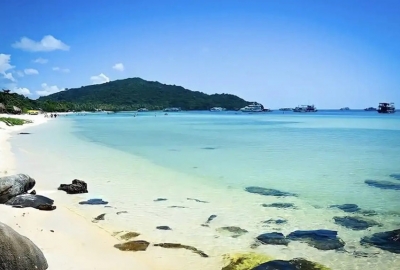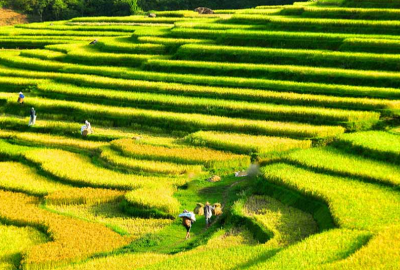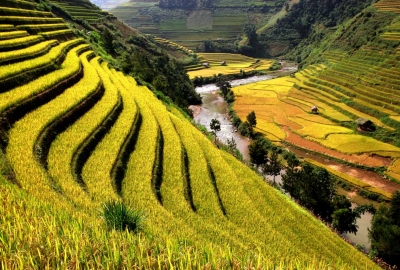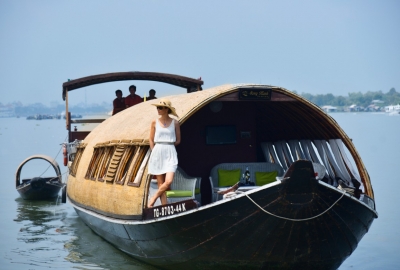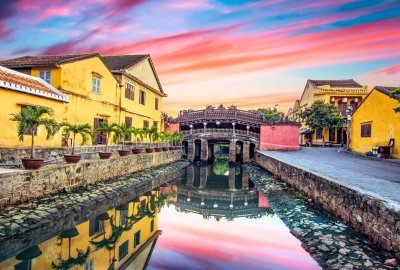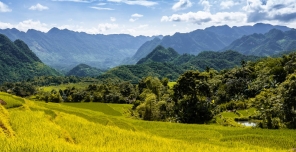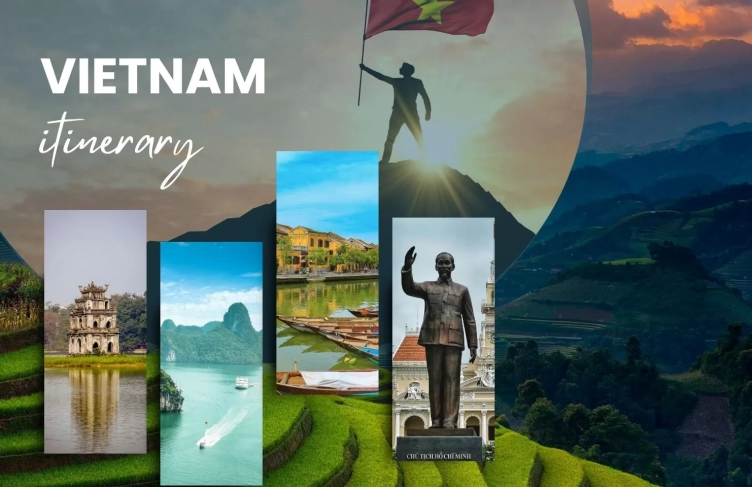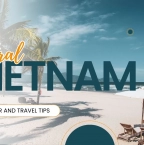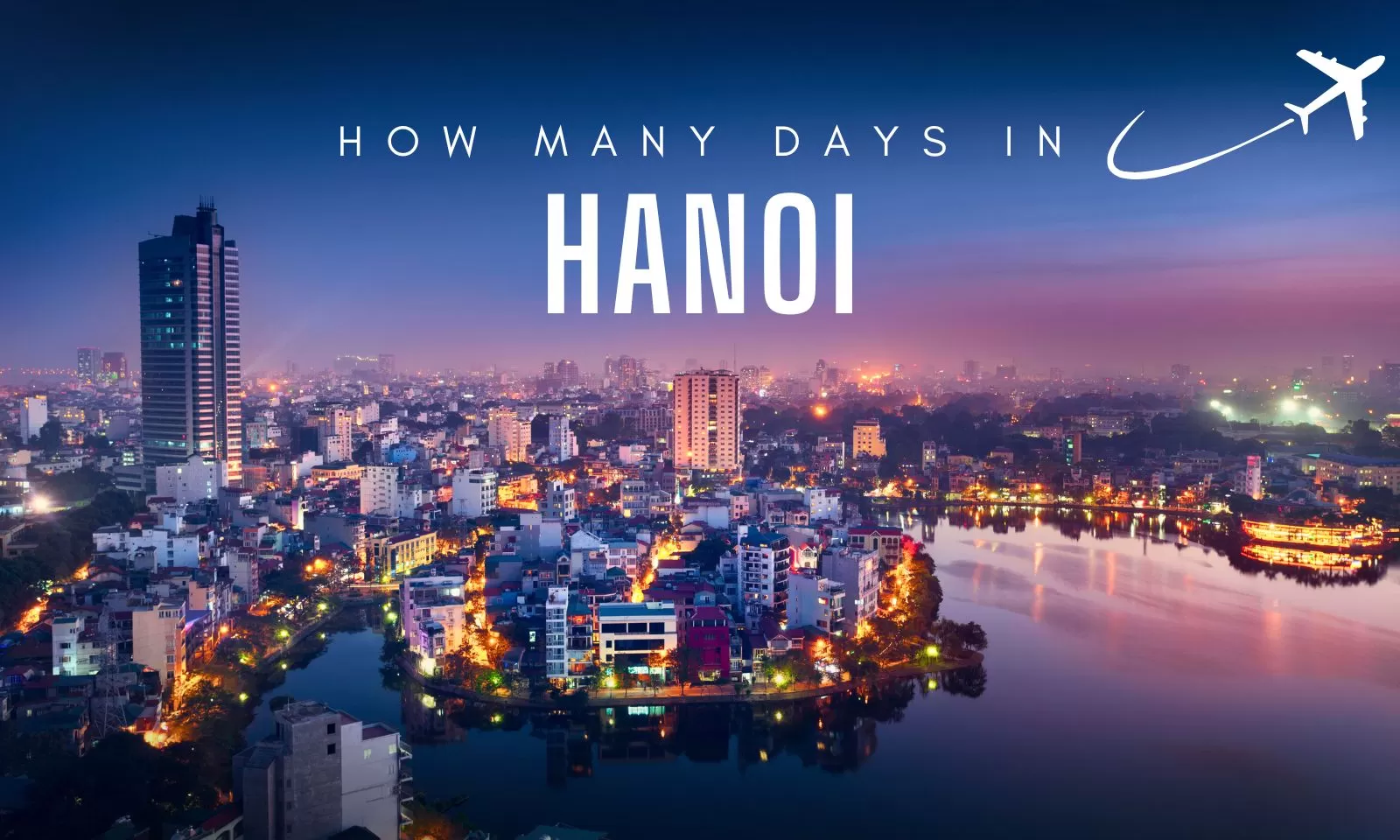
How many days to visit Hanoi? The ultimate travel guide
Planning a trip to Hanoi and wondering how many days to spend there? Whether it’s 1, 2, or 3 days, this guide covers top attractions, local experiences, and itinerary tips. In this blog, find the perfect way to visit Hanoi with us now!

Hanoi is the historic and cultural heart of Vietnam. When you visit Hanoi, you will know that every corner of this city tells a unique story. If you're unsure how many days to spend here, this guide will help you make the most of your visit. For a seamless and personalized experience, let Hanoi Voyages craft the perfect tailor-made itinerary so you can uncover the best of Hanoi.
Table of Contents
- Best time to visit Hanoi: Discover the ideal travel season
- How long to visit Hanoi: Plan the ideal stay for your trip
- What to eat when you visit Hanoi: Must-try local dishes
- Budgeting for your Hanoi trip: Costs to expect
- Hanoi travel tips: What to know before you visit?
Best time to visit Hanoi: Discover the ideal travel season
Hanoi has a humid subtropical climate, experiencing four distinct seasons with varying temperatures and rainfall. The best time to visit Hanoi depends on your preferences.
Spring (March – April): The most pleasant time to visit
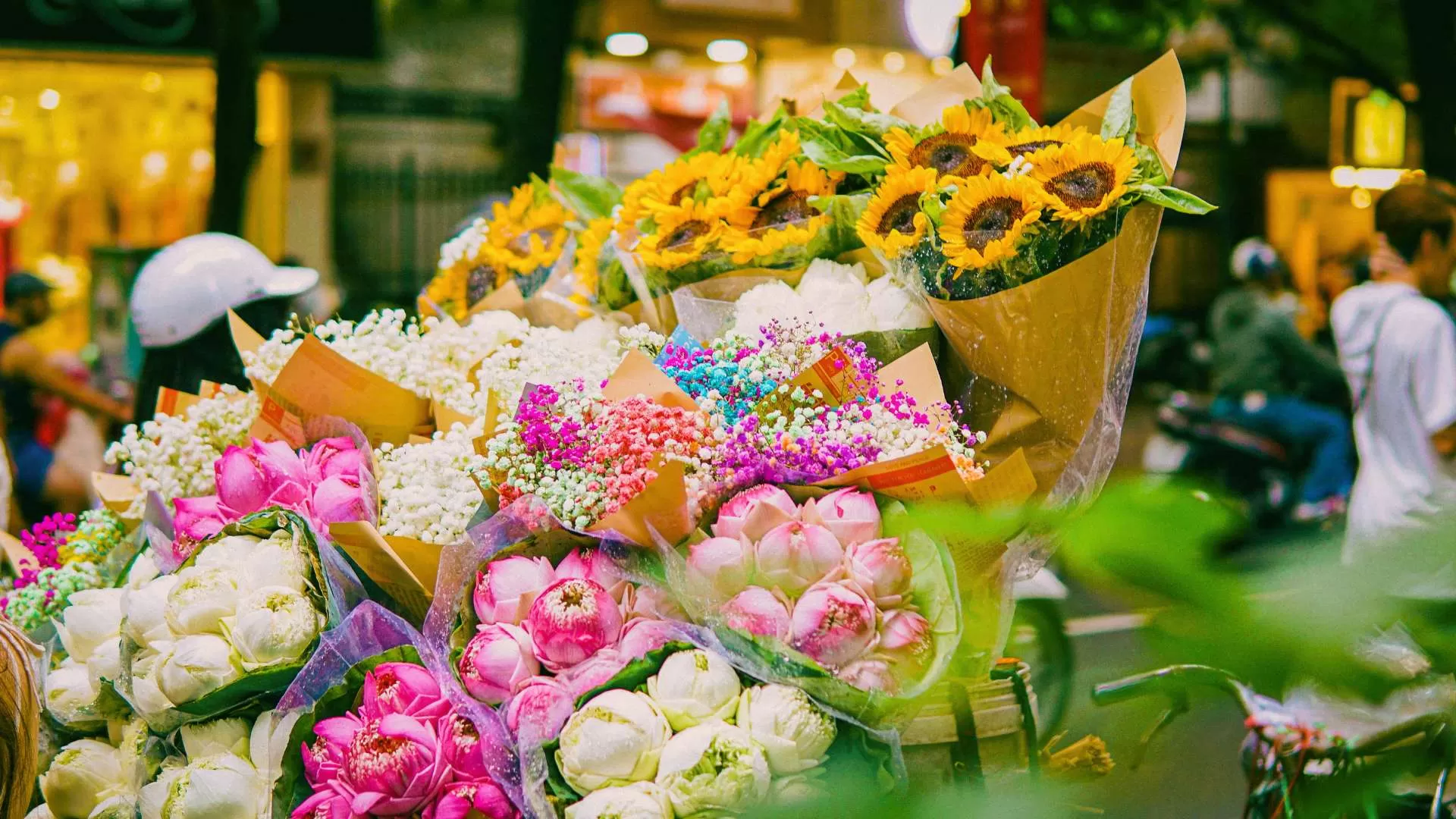
Spring is one of the best seasons to visit Hanoi, offering mild temperatures (18°C – 25°C ) and low humidity. The city comes alive with blooming flowers, perfect for sightseeing and outdoor activities. The refreshing breeze and clear blue skies make spring an ideal time for exploring Hanoi’s historic streets, temples, and bustling markets without the discomfort of extreme heat or rain.
Summer (May – August): Hot, humid, and rainy
Hanoi’s summer is hot and humid, with temperatures ranging from 28°C to 38°C. Heavy afternoon rains are common, providing relief from the heat. It's also a great time to take day trips to Halong Bay and Ninh Binh, where the landscapes are lush and green. Despite the heat, occasional breezes and cooler evenings offer some respite, making night markets and lakeside strolls more enjoyable.
Autumn (September – November): The Best Season to Visit Hanoi
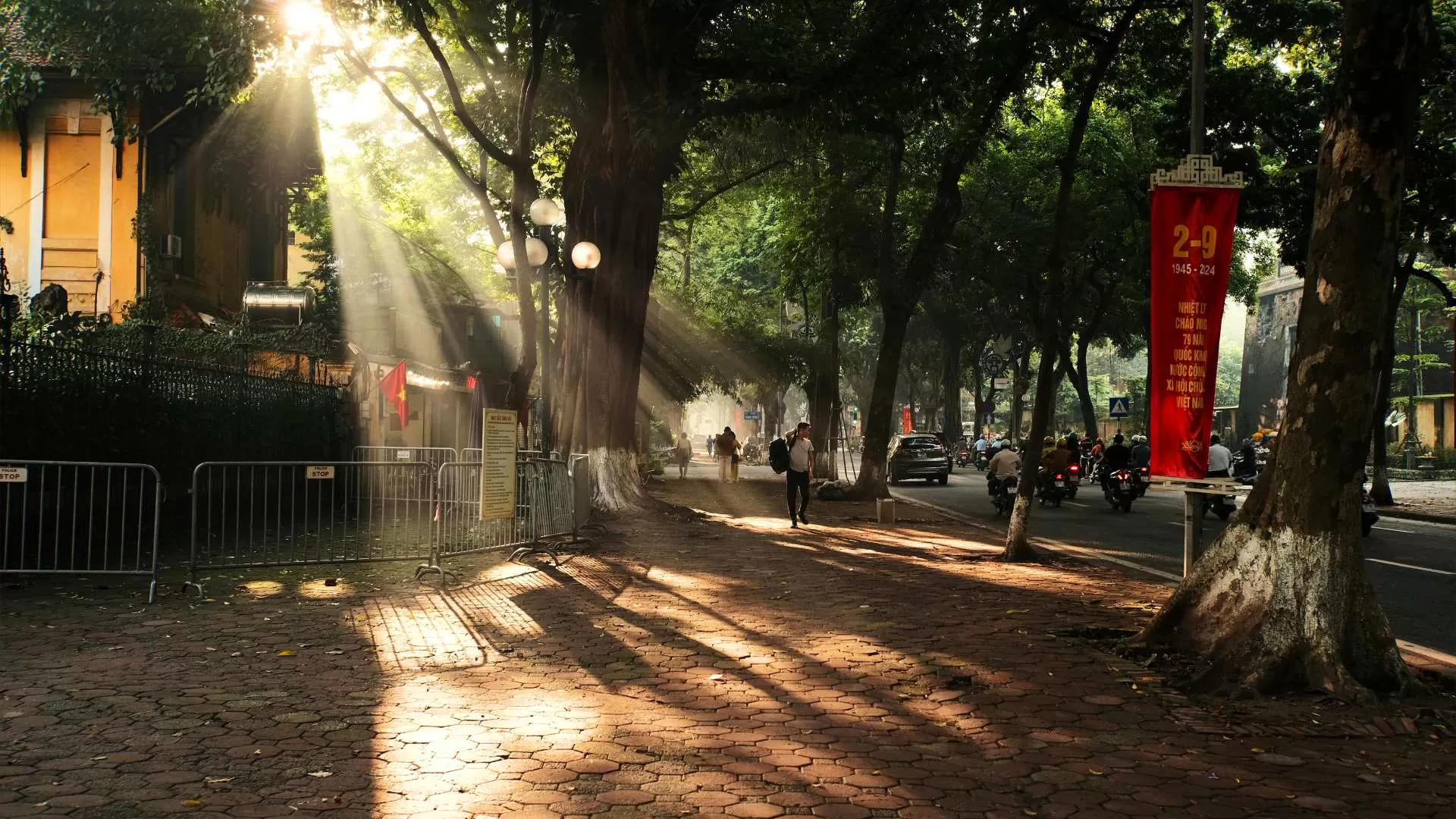
Autumn is considered the most beautiful season in Hanoi, with cool temperatures (20°C – 28°C) and low humidity. The streets are lined with golden leaves, creating a romantic and pleasant atmosphere. A walk along Phan Dinh Phung Street in autumn is something you shouldn’t miss—it's known as the most romantic street in Hanoi. This season is also excellent for photography, with clear skies and beautiful cityscapes.
Winter (December – February): A Unique Experience in Hanoi
Hanoi’s winter is chilly, with temperatures dropping to 10°C or even lower. The festive atmosphere of Christmas and Lunar New Year adds to the charm of winter. The city lights up with Christmas and New Year's decorations, creating a dynamic festive vibe that offers the opportunity to immerse yourself in the unique local culture.
Spring and autumn are the best times to visit Hanoi, with pleasant weather and beautiful scenery. Each season has its own charm, and depending on your weather preferences, you can experience Hanoi’s unique appeal in different ways.
How long to visit Hanoi: Plan the ideal stay for your trip
Planning your time wisely will help you fully enjoy Hanoi’s rich history, vibrant culture, and unique surroundings. Here’s our recommended itinerary for the perfect Hanoi travel.
Day 1: Discovering Hanoi’s historic & cultural landmarks
Ho Chi Minh Mausoleum
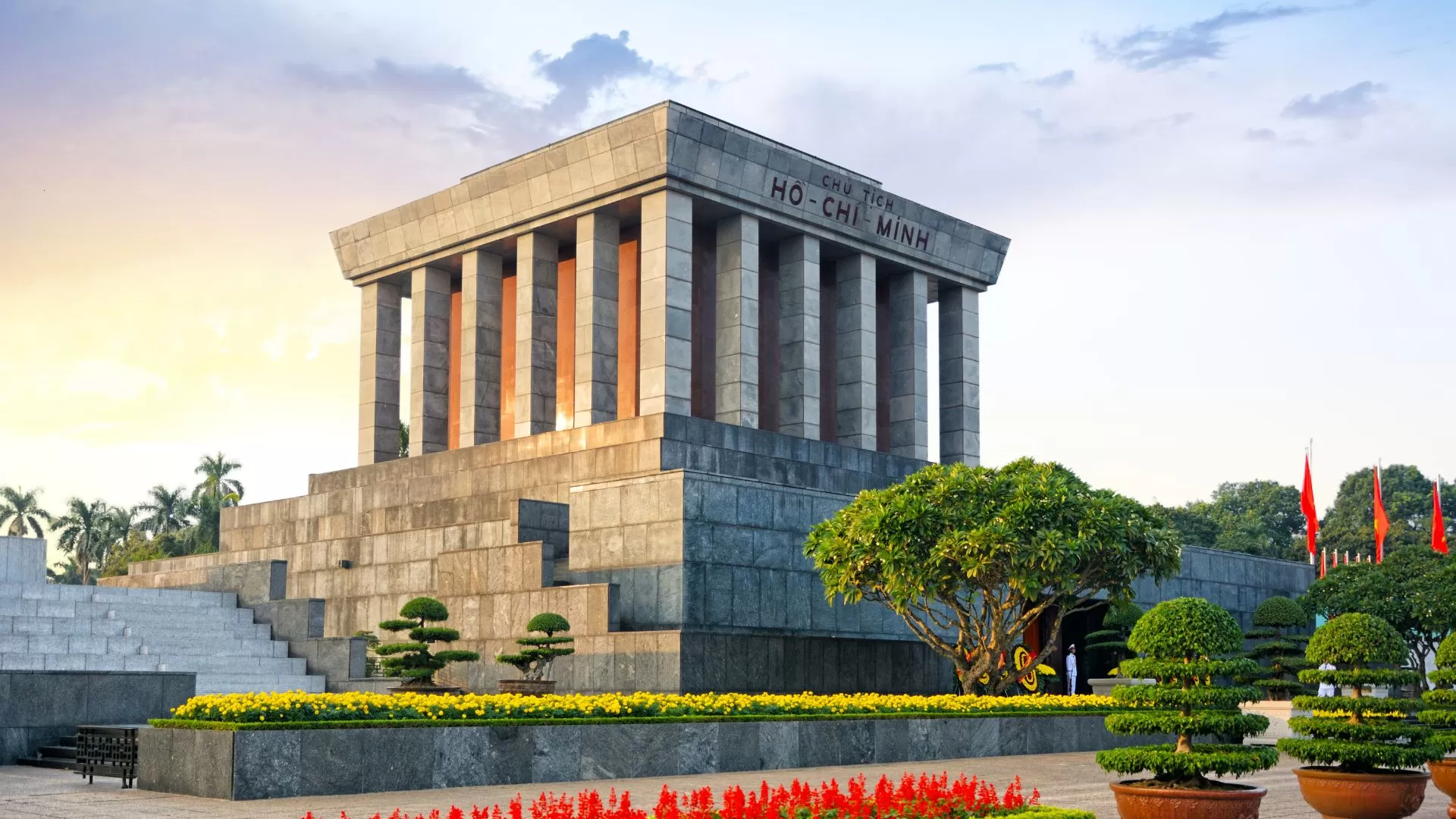
Located in Ba Dinh Square, the Ho Chi Minh Mausoleum is a place of deep reverence where visitors pay tribute to President Ho Chi Minh, the leader of Vietnam’s independence movement. As one of Hanoi’s most significant landmarks, the mausoleum symbolizes Vietnam’s gratitude to its beloved leader and remains an important cultural and historical site.
One Pillar Pagoda
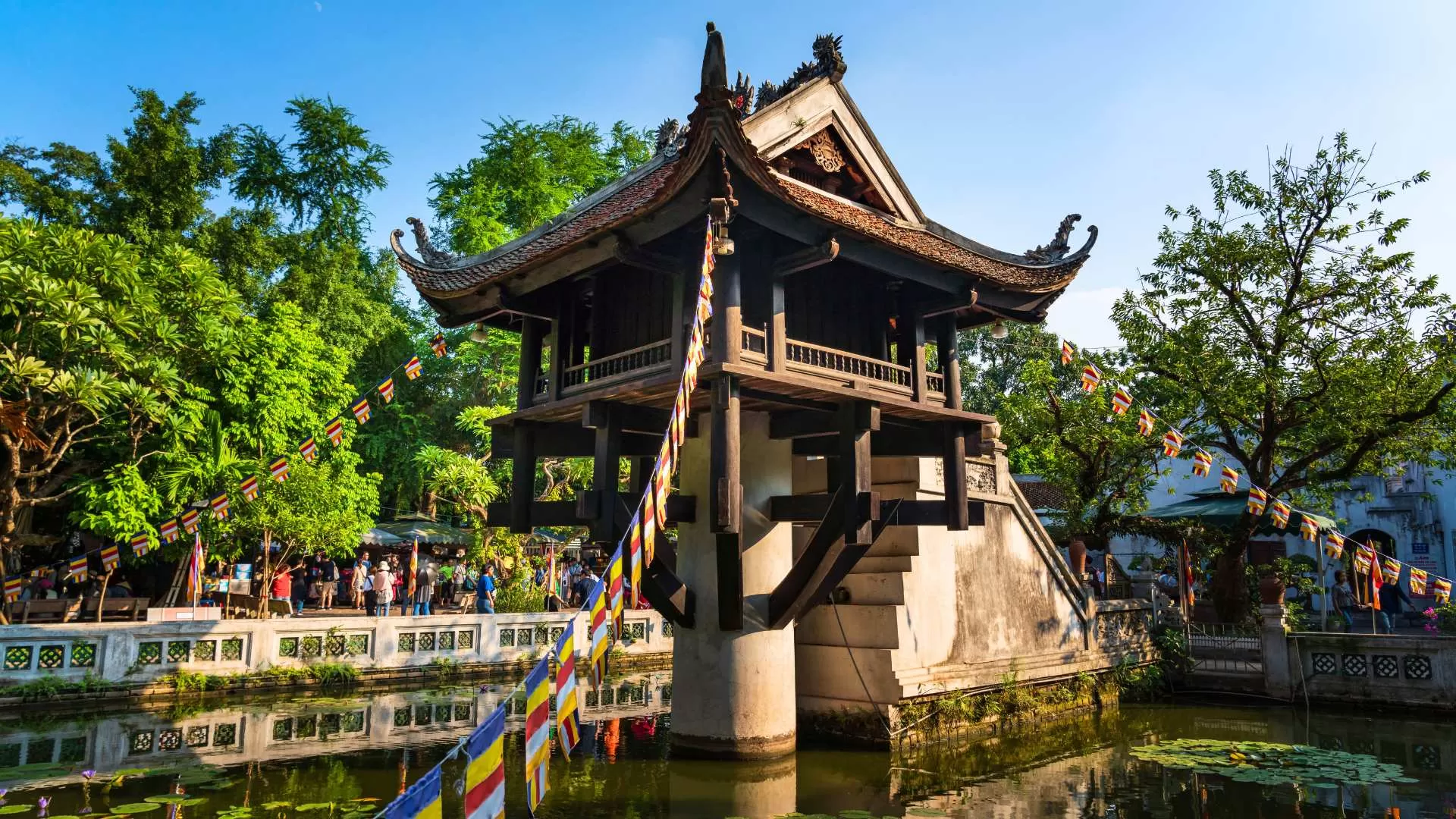
Next to the mausoleum, visit One Pillar Pagoda, an 11th-century temple built on a single stone pillar. Designed to resemble a lotus flower emerging from water, it symbolizes purity and enlightenment in Vietnamese Buddhism.
Thang Long Imperial Citadel
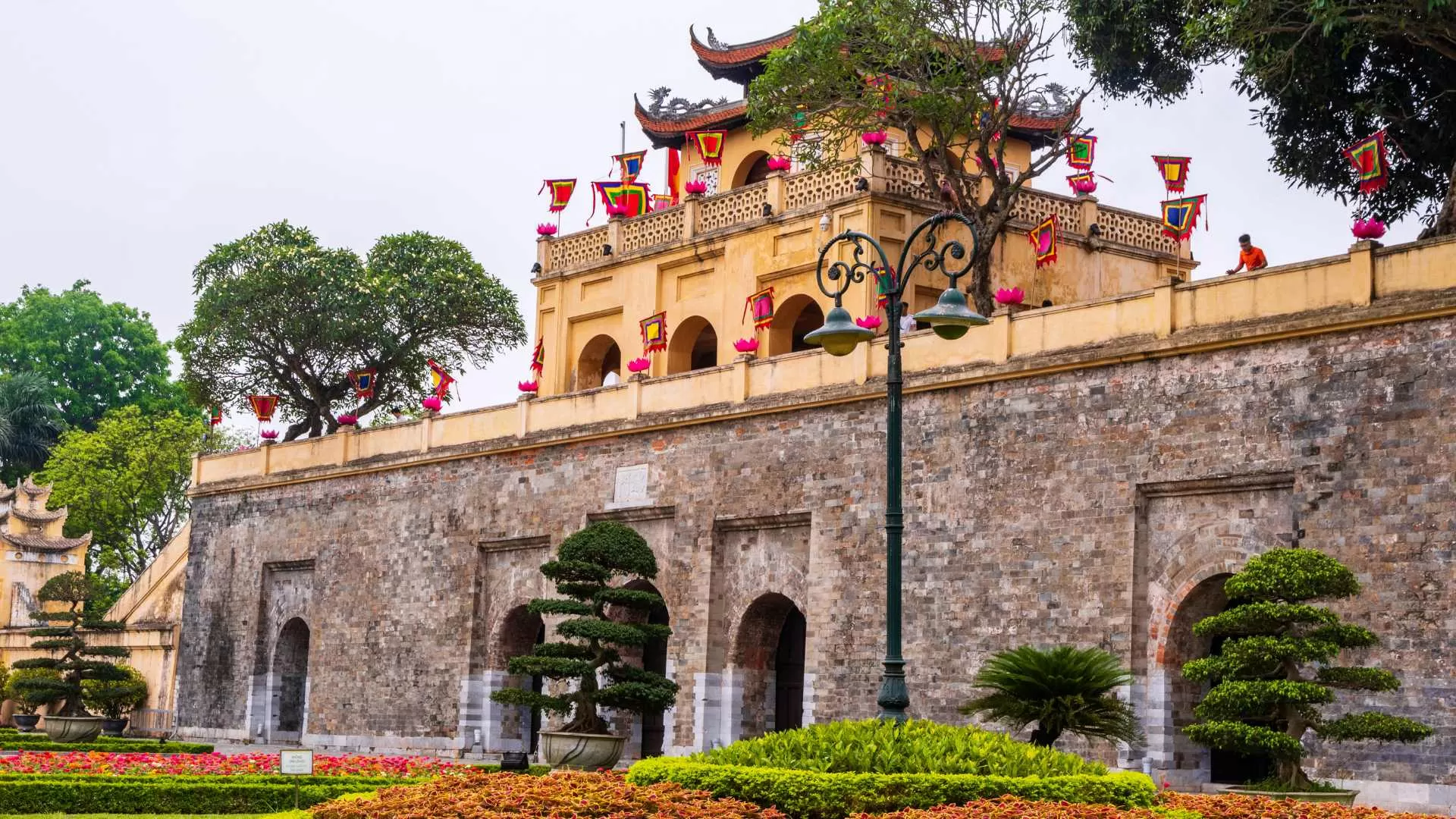
Recognized as a UNESCO World Heritage Site, the Thang Long Imperial Citadel holds centuries of history. It served as the political center of Vietnam for over 1,300 years, featuring ancient gates, underground bunkers, and remnants of royal palaces that highlight Hanoi’s strategic and historical importance.
Temple of Literature
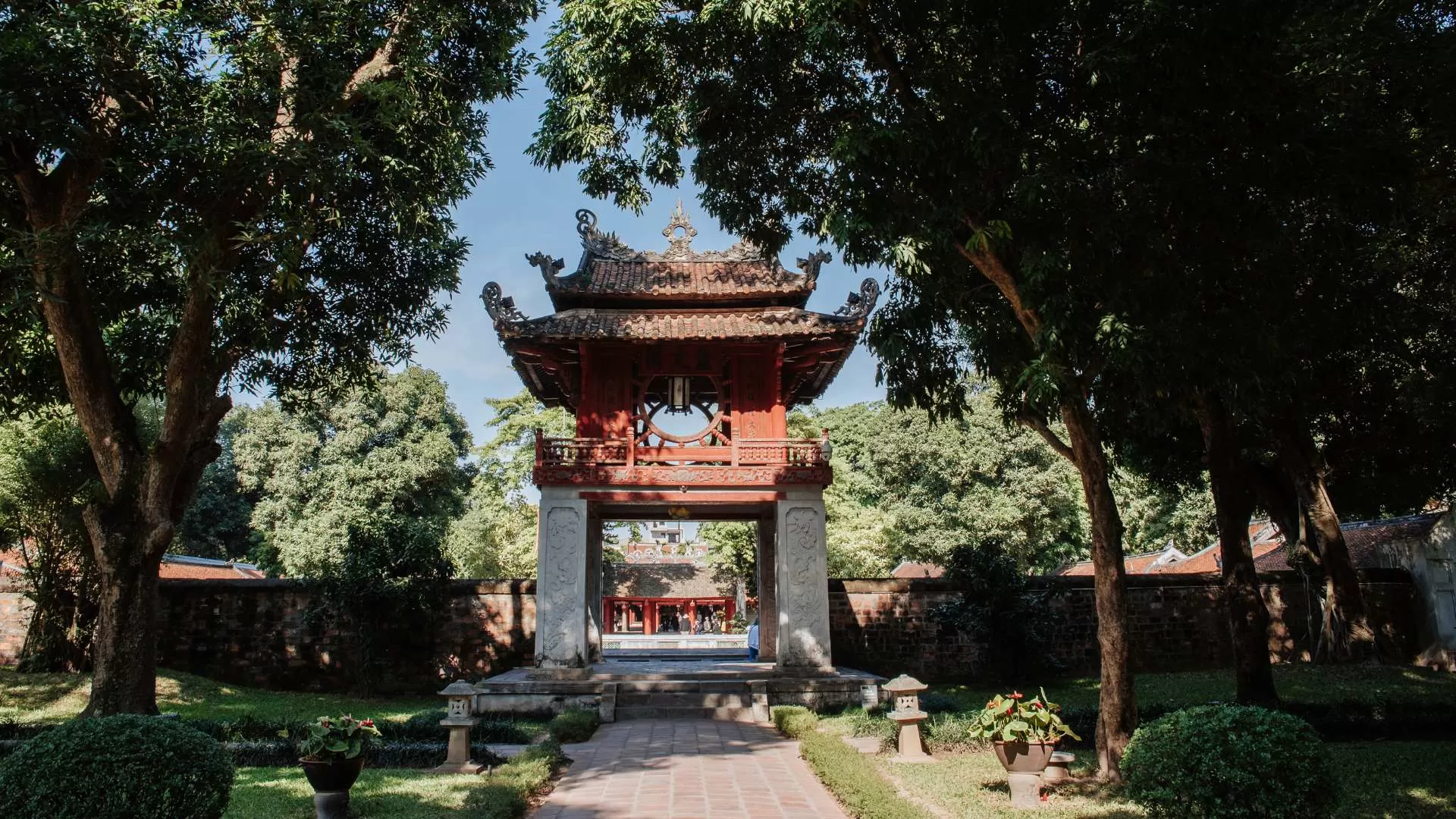
Built in 1070, the Temple of Literature is dedicated to Confucius and was Vietnam’s first university. Its five courtyards, ancient stelae engraved with scholars' names, and peaceful gardens make it an essential stop to explore Vietnam’s intellectual and cultural heritage.
Thang Long Water Puppet Show
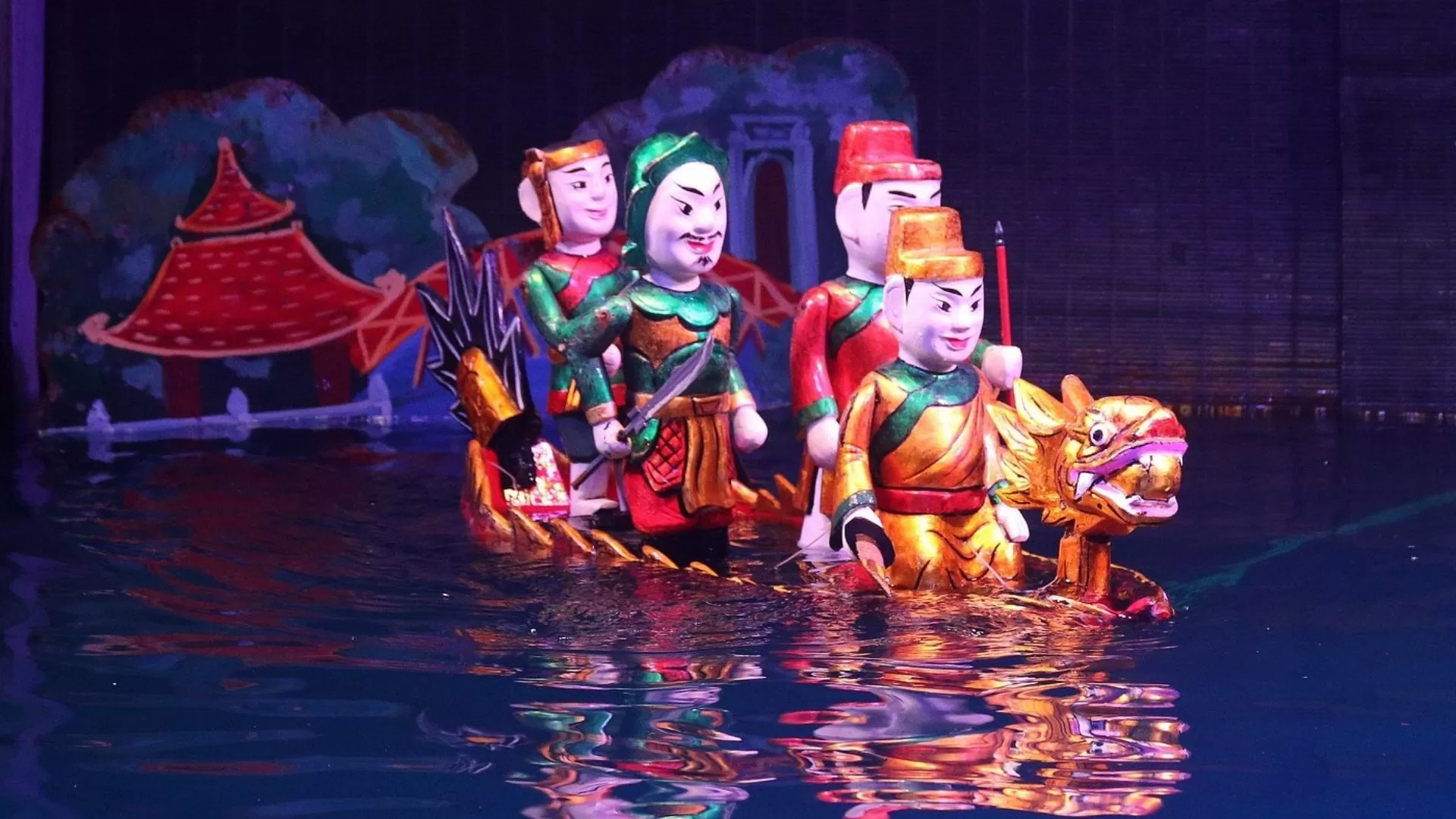
The Thang Long Water Puppet Show is one of the top cultural attractions in Hanoi, offering visitors a glimpse into Vietnam’s ancient art of water puppetry. Performed on a water stage, the show features beautifully hand-carved wooden puppets that glide across the surface, controlled by hidden puppeteers using a sophisticated system of bamboo rods and underwater levers.
Day 2: Exploring traditional craft villages near Hanoi
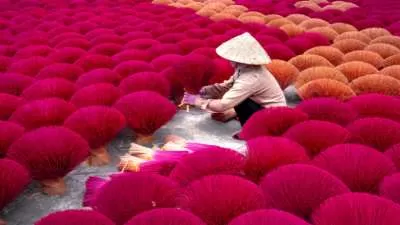 | 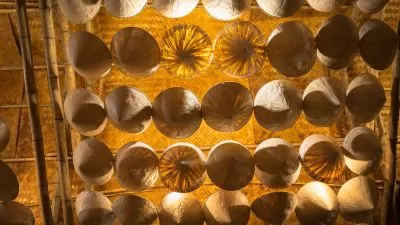 | 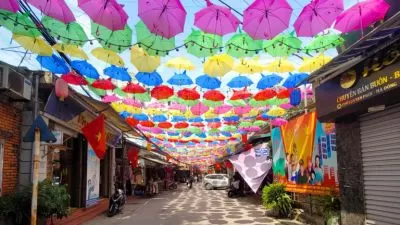 |
|---|
Quang Phu Cau Incense Village
One of the most visually stunning places near Hanoi, Quang Phu Cau Incense Village is famous for its vibrant incense sticks, which are laid out in the sun like blooming flowers. Visitors can watch artisans skillfully cut bamboo, dye incense in vivid hues, and shape them into perfect bundles—a process that has remained unchanged for generations.
Chuong Conical Hat Village
In Chuong Village, artisans craft the famous Vietnamese conical hat (nón lá). Each hat is handwoven from palm leaves, requiring delicate craftsmanship and precision. Beyond its practicality, the conical hat is a symbol of grace and tradition in Vietnamese culture.
Van Phuc Silk Village
Located just outside Hanoi, Van Phuc Silk Village has been renowned for its high-quality silk production for centuries. Walking through the village, you’ll see loom workshops in action, displaying the intricate art of weaving fine silk fabrics with traditional patterns once favored by imperial dynasties.
Day 3: A journey back in time
Duong Lam Ancient Village
Just 50km from Hanoi, Duong Lam Ancient Village preserves 400-year-old laterite houses, cobblestone alleys, and ancient communal houses. As you explore, you'll see traditional village gates, wells, and local artisans crafting soy sauce, a regional specialty. This charming village offers a rare glimpse into Vietnam’s rural heritage.
Thay Pagoda
At the foot of Sai Son Mountain, Thay Pagoda is one of Vietnam’s most Buddhist temples. Built in the 11th century, it honors Zen master Tu Dao Hanh, believed to have founded Vietnamese water puppetry. With its serene lakeside setting, an intricately carved wooden bridge, and scenic mountain trails, the pagoda is a peaceful retreat from the city.
Beyond these experiences, Hanoi has even more to offer. To make the most of your adventure, let Hanoi Voyages craft a seamless and unforgettable journey for you. With our carefully curated tours, you can visit Hanoi and its surroundings—discover your perfect itinerary with us!
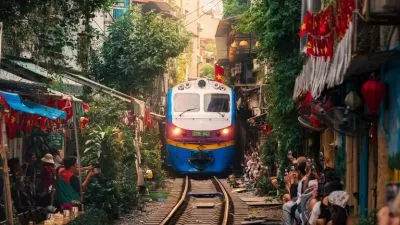 | 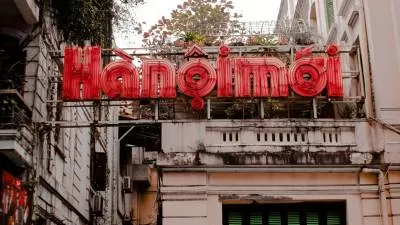 | 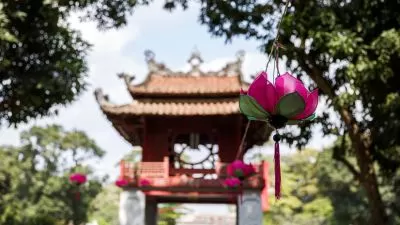 |
| High-end North Vietnam tour 12 days High-end North Vietnam tour 12 days, featuring a seaplane ride over stunning Halong Bay and luxurious regional experiences | Vietnam family tour 18 days Discover UNESCO sites and the stunning Pu Luong Reserve. Enjoy a diverse adventure that's perfect for all ages | Vietnam tour 21 days Absolutely from Hanoi to Phu Quoc island Vietnam tour 21 days, from the peaceful North to the bustling South. This classic tour highlights the country's beautiful and rich cultural |
What to eat when you visit Hanoi: Must-try local dishes
Hanoi is a food-lovers paradise, offering a mix of rich flavors, fresh ingredients, and traditional cooking techniques. If you’re wondering what to eat when you visit Hanoi, we highlight the must-try local dishes that will give you an authentic taste of Vietnam’s northern cuisine.





Phở (Vietnamese noodle soup): Phở is Hanoi’s most iconic dish, featuring a clear, aromatic broth simmered for hours with beef or chicken bones, star anise, cinnamon, and other fragrant spices. It’s served with flat rice noodles, thinly sliced beef (phở bò) or chicken (phở gà), chopped green onions, and a side of lime and chili. – 40,000 to 70,000 VND ($1.50 – $3.00)
Bún chả (Grilled pork with vermicelli): This iconic dish consists of grilled pork patties and caramelized pork belly served in a bowl of tangy fish sauce. It’s eaten with vermicelli noodles, fresh herbs, and pickled vegetables for a perfect balance of flavors. – 50,000 to 80,000 VND ($2.00 – $3.50)
Bánh cuốn (Steamed rice rolls): These delicate rice flour sheets are steamed and rolled with minced pork, wood-ear mushrooms, and shallots, then served with fish sauce and crispy fried shallots. Light yet flavorful, it’s a popular breakfast dish. – 30,000 to 50,000 VND ($1.20 – $2.00)
Bánh mì (Vietnamese sandwich): Hanoi’s bánh mì is a crispy, golden baguette with a thin, crackly crust and soft interior. The fillings vary but typically include pâté, Vietnamese cold cuts (chả lụa, pork belly), pickled carrots and daikon, fresh cucumbers, cilantro and a touch of chili sauce or mayonnaise. – 20,000 to 50,000 VND ($0.80 – $2.00)
Bánh xèo (Crispy Vietnamese pancake): A golden, crispy crepe made from rice flour, turmeric, and coconut milk, filled with shrimp, pork, and bean sprouts. It’s served with fresh lettuce and herbs and dipped in sweet fish sauce. – 50,000 to 100,000 VND ($2.00 – $4.00)
You can try more delicious dishes in Hanoi through our blog Taste Of Hanoi: Top 10 Essential Hanoi Dishes You Can’t Miss
Budgeting for your Hanoi trip: Costs to expect
Planning to visit Hanoi and need a budget estimate? Hanoi is a fantastic destination with affordable options for every traveler. Hanoi travel itinerary can be surprisingly budget-friendly with smart planning.
Planning your Hanoi travel experience means considering expenses for accommodation, food, transportation, and activities. On average, visitors can expect to spend around $150 per day, though costs may vary based on your travel style.
This budget typically covers mid-range to high-end accommodation, meals at local restaurants, entrance fees to attractions, and transportation within the city. Travelers who prefer luxury hotels and private tours may spend more, while budget-conscious visitors can lower expenses by staying in hostels and using public transport.
A well-planned Hanoi travel experience offers great value at any budget. Exploring top attractions in Hanoi, enjoying delicious food, and moving around the city can be affordable with the right approach.
Hanoi travel tips: What to know before you visit?
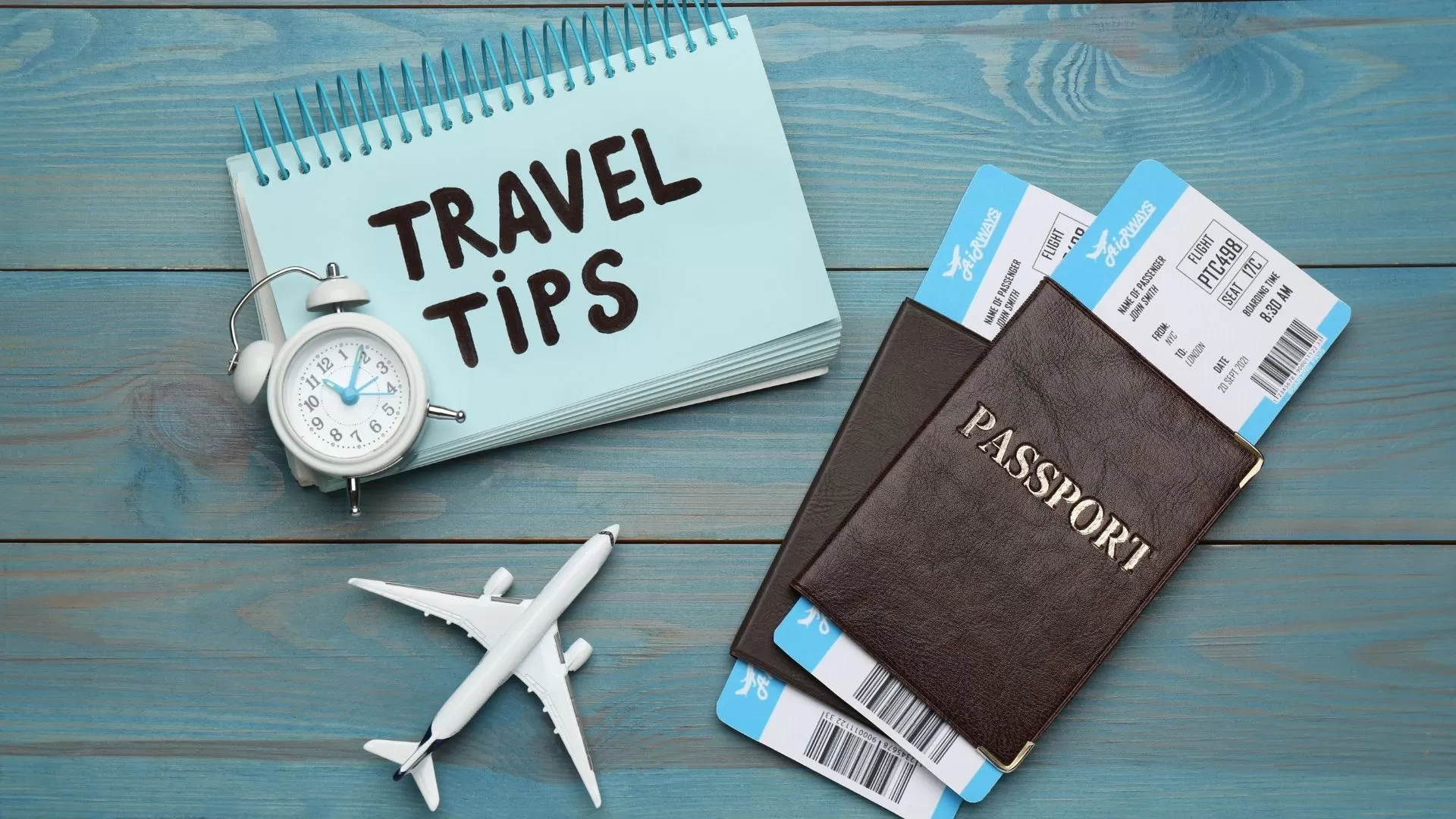
To ensure a smooth and memorable Hanoi trip, it’s important to be aware of local travel tips. Here’s everything you need to know before you visit Hanoi.
Pack appropriately
Clothing: Lightweight, breathable clothes for summer; warm layers for winter. If traveling in the rainy season, bring a light raincoat or compact umbrella.
Comfortable shoes: You’ll do a lot of walking in Hanoi, so bring comfortable sneakers or sandals.
Sunscreen & sunglasses: Essential for hot and sunny days, especially in summer.
Medications & first-aid kit: Bring any personal medications and basic first-aid supplies.
Transportation tips for getting around
Walking in the Old Quarter is the best way to explore hidden cafés, local markets, and historical streets.
Motorbikes are the main mode of transport, but Hanoi’s traffic can be overwhelming. If you’re not comfortable riding, use Grab, Be, Xanh SM, or reputable taxis.
Crossing the road requires patience—walk slowly and steadily, and vehicles will navigate around you.
Shopping & bargaining tips
When shopping at local markets like Đồng Xuân Market, the Old Quarter Night Market, or Hàng Da Market, bargaining is expected - start by offering 50% of the quoted price and negotiate from there.
Fixed-price stores do not allow bargaining, so check the price tags before purchasing.
When buying souvenirs, research standard prices to avoid being overcharged.
Respect local culture & customs
When visiting temples or pagodas, dress modestly by covering your shoulders and knees.
Do not litter - Hanoi is a beautiful city, and keeping it clean is appreciated.
Avoid pointing at anyone as this can be considered rude.
When giving or receiving objects, use both hands to show respect.
Hanoi is a captivating destination, worth exploring at your own pace. Whether you visit Hanoi for 2, 3 days, or longer, you can still immerse yourself in the city's unique atmosphere. Let Hanoi Voyages accompany you on your Hanoi travel journey, guiding you to the top attractions in Hanoi for a remarkable experience!
Dream about your trip to Asia, in private
We are here to make it happen with youFREE QUOTE, WITHOUT OBLIGATION

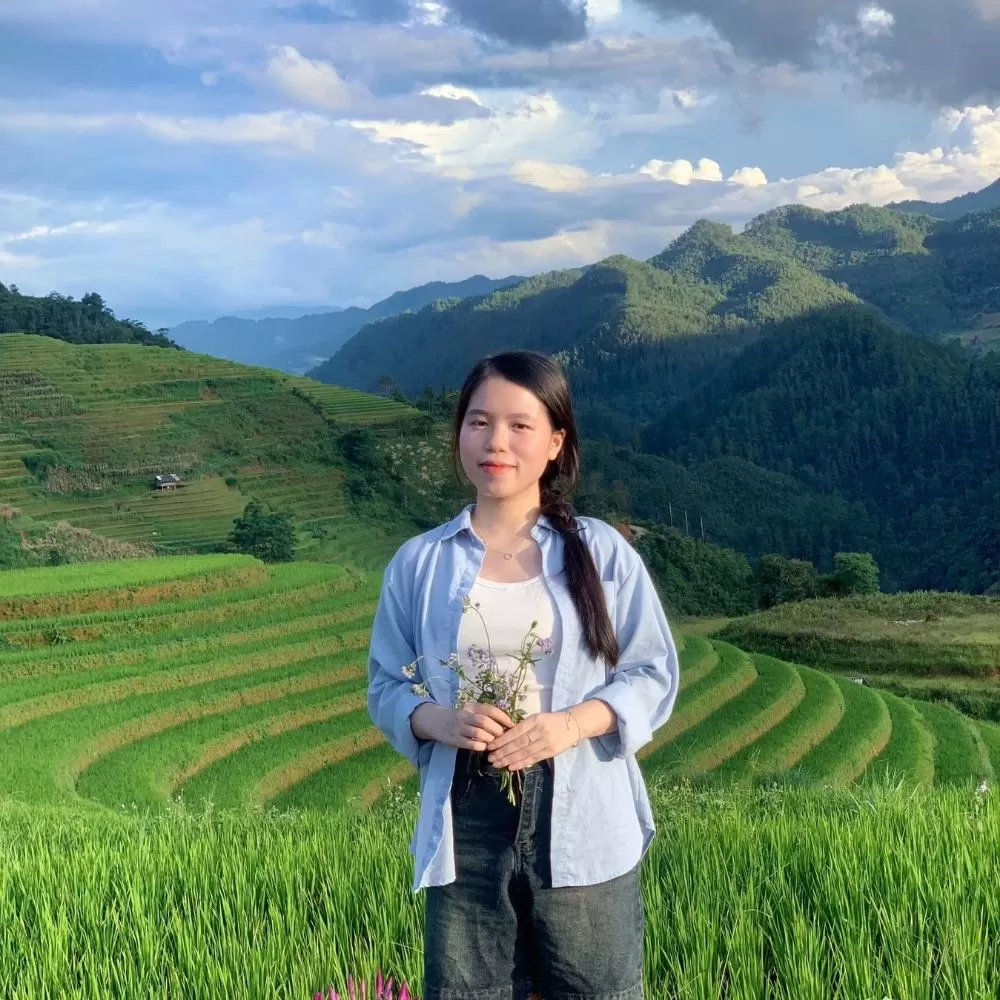






.webp)



